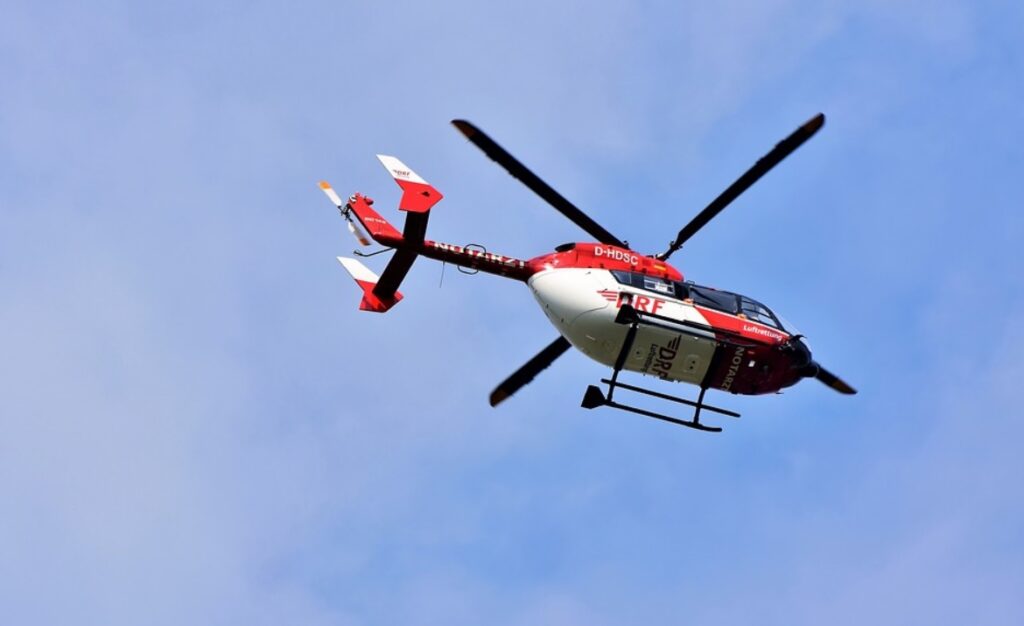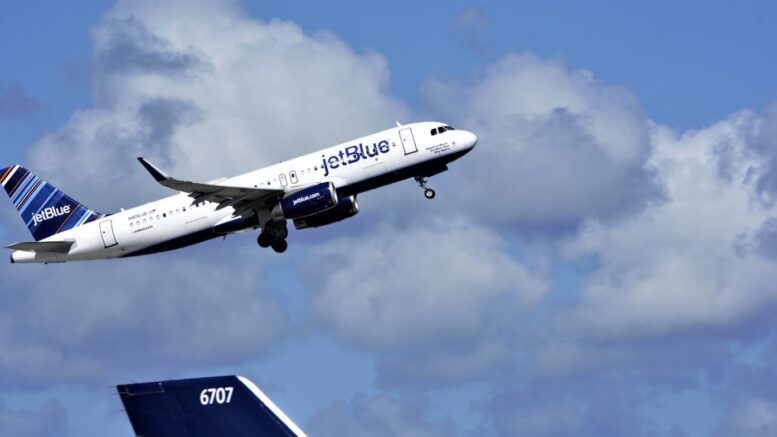The recent occurrence involving Cathay Pacific Flight 800, which had to abort takeoff at high speed from Hong Kong airport, resulted in 11 people being hospitalized. The event has brought to light the importance of emergency evacuations and passenger behavior during such situations.
It is not uncommon for passengers onboard to panic or disobey instructions given by the crew, but it is crucial that they understand the consequences of doing so.
Airline Responsibilities During Emergency Evacuations
In case of an emergency landing or crash, airlines have specific responsibilities to help ensure the safety and survival of their passengers. These responsibilities include:
Pre-flight Briefings About Emergency Procedures
One primary responsibility of airlines is providing pre-flight briefings about emergency procedures. Before takeoff, cabin crew members must inform all passengers about the location and use of safety equipment such as life jackets, oxygen masks, and seat belts. Passengers need clear instructions on how to safely evacuate the airplane in case of an emergency by demonstrating exit doors and slides.
Passenger Safety Means Prioritizing Crowd Control
During an emergency evacuation, effective crowd control should be prioritized alongside passenger safety concerns. Cabin crews should communicate with passengers about appropriate behavior and actuate crowd control measures when necessary.
Evacuation Management And Coordination
The airline’s next responsibility during an evacuation is coordination management for discharging its duties effectively by quickly emptying passageways from any obstructions to allow swift movement towards exits without pushing each other out or hampered progress.
Protecting The Health And Safety Of Passengers And Crew Members
The next important responsibility for airlines during aviation emergencies like evacuations is preserving every passenger’s health and well-being while prioritizing flight crews’ security despite any risks that come up. In such circumstances, they also have to follow the recommended aviation emergency procedures.
Providing Medical Assistance To Sick Or Injured Passengers
In instances where sick or injured passengers require medical attention due to unforeseen circumstances, assigned professionals will administer first aid regimes before airlifting them if necessary – based on the severity levels depending largely on the situation at hand.
Accountability For Passenger Belongings
Airline companies are responsible for ensuring that passengers do not leave with unsafe items in hand luggage. Further, the airline companies must secure the belongings of passengers who have already departed on another flight or return home due to extreme situations unrelated to planned trips.
In conclusion, airlines have a significant role to play during an emergency evacuation. From providing pre-flight briefings about safety procedures and crowd control to preserving every passenger’s health and well-being and providing medical assistance when required. All these tasks fall under various airline responsibilities. Ultimately, it is up to them how they carry out each responsibility that makes a considerable impact on the outcome of such scenarios.
Passenger Responsibility During Emergency Evacuations
Airline travel is one of the safest forms of transportation, but in extreme circumstances, passengers can find themselves in an emergency situation. In these rare scenarios, it’s crucial for everyone on board to know their responsibilities during airline evacuations.
1. Pay attention to pre-flight announcements
The first and most important thing that future flyers should remember is to pay attention while attending a safety briefing before take-off. It’s vital because you may never know when an inflight evacuation will be necessary due to natural disasters or unexpected mechanical failures. The attendants onboard will give instructions that all passengers must listen carefully and familiarize themselves with the location of their exits.
2. Remain calm
In any situation where panic and distress levels are high, people tend to become disoriented about what the next course of action might be, inadvertently putting themselves at risk without knowing that being panicky under such circumstances only worsens the scenario by distracting other people from following the right guidelines that could save lives.
3. Follow Instruction Without Resistance
During an evacuation, following crew members’ instructions without resistance or obstruction would provide some assistance instead of being a hindrance to quickening the response time. Refusing orders would hamper cooperation amongst individuals aboard and affect rescue operation speed and significantly increase risks.

4. Work together
As soon as an evacuation order has been passed around, working together can significantly reduce the chances of fatalities.
5. Leave bags behind
When there’s a need to evacuate a plane immediately due to emergencies like engine malfunctioning or fire outbreak, one critical task required from everyone onboard is getting off the aircraft swiftly without bringing their personal belongings along with them.
6. Keep pathways clear
During evacuations from seat rows down the aisle towards exit doors is usually chaotic; hence keeping pathways clear helps by making sure everyone gets out quicker and safer.
7. Know your nearest exits
Passengers should take note of where all exit points on flights are upon boarding so that if necessary evade through any other alternative route if the original ways shut during evacuations.
8. Evacuate as orderly and quickly as possible
In the face of any emergency, there’s always a high chance that explosions or rampaging spread could happen within minutes, which explains why getting off the plane in an orderly and immediate manner remains paramount.
Emergency evacuations are daunting experiences that require complete cooperation from all involved, especially the passengers. Passengers who ignore direct instructions or try to obstruct the evacuation process not only put their lives but also those of others at risk. It is important for individuals to be aware of the repercussions of disobeying directions given by flight crews while onboard commercial flights.
Passenger Behavior During Emergency Evacuations
During emergency evolutions, it is important for passengers to follow all instructions given by the cabin crew and remain calm. Passengers who refuse to comply or try to obstruct cabin crews’ actions during these procedures put their own lives at risk as well as those in charge of their safety. They also risk legal action from an aviation accident lawyer – which may be filed on behalf of injured passengers or the airline.
In the case of Cathay Pacific Flight 800’s evacuation that took place in June 2023; several passengers ignored explicit warnings not to carry any belongings with them while leaving the airplane. Such behavior delays evacuation processes.
Consequences of Not Following Instructions
It is essential for travelers on flights to understand the importance of following instructions given by airlines and other employees during emergency evacuation procedures. Noncompliance carries wide-ranging legal consequences.
1. Non-compliance with Instructions:
When airlines give instructions regarding emergency evacuations, they must ensure compliance by their passengers and crew members alike. Passengers who are non-compliant during the course of an emergency evacuation put themselves at risk for potential injury or even death. And if their noncompliance results in harm to others, they may also face legal repercussions.
2. Charges under Federal Law:
Disobeying instructions from airline staff and crew members during a flight emergency can lead to actions being taken against you under federal law as well as punishable by state law too.
The Federal Aviation Administration regulations specify that passengers must always obey aircraft crew member commands relating to matters such as seatbelt use, consumption of alcohol or drugs on board, usage of electronic devices and smoking etc.
Failure to obey any command given by aviation personnel could result in regulatory action at a minimum, including fines which can extend up to a lot more than what your ticket cost you!
3. Complicating Investigation:
Disobeying Instructions from the airline during an emergency evacuation also hampers the investigation process that takes place after the Incident happens. Whenever a plane crash occurs where people’s lives are lost, every passenger needs be accounted for to ascertain who was on board and how they might have impacted the last events before the incident occurred.
4. Civil Penalties:
Apart from facing punitive measures like criminal charges or fines,non-compliant passengers can also be held responsible under civil laws too.
Victims suffering from injuries due to non-compliance can sue you and the airline could also file a civil lawsuit claiming deliberate harm caused by passengers led to significant financial losses that they had incurred.
